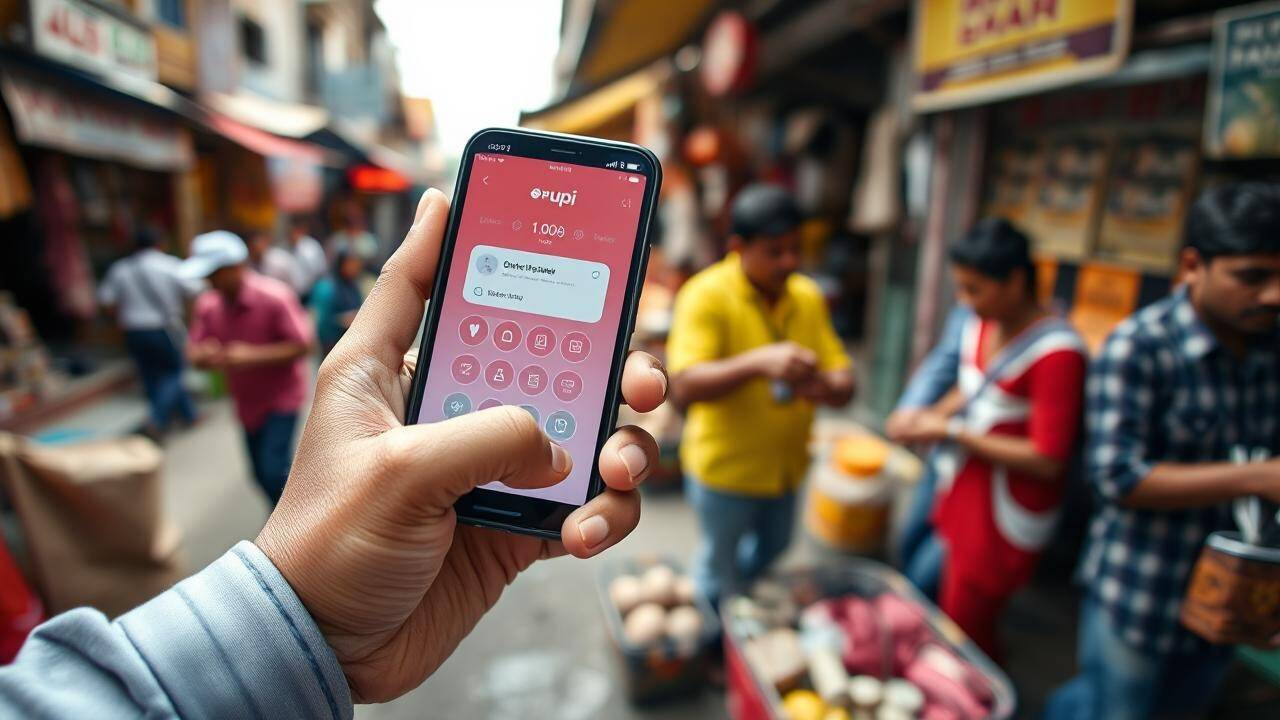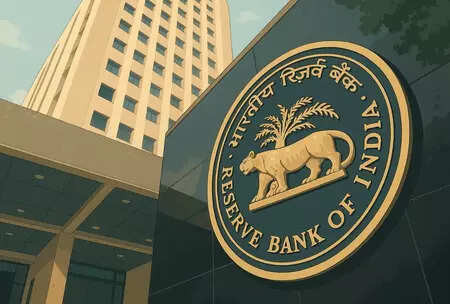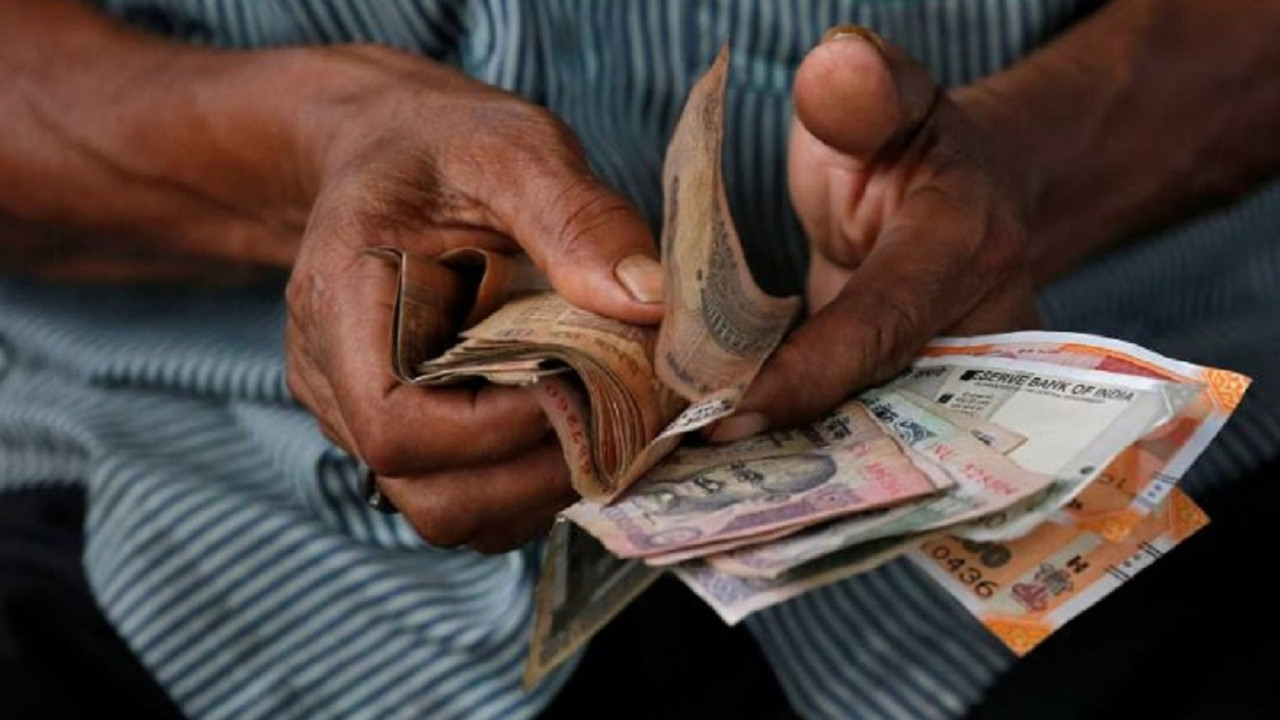Despite a surge in digital payments, cash continues to dominate nearly half of India’s transactions, particularly in rural areas. While retail payments are overwhelmingly digital, driven by government initiatives and improved infrastructure, cash remains resilient. The Unified Payments Interface (UPI) is rapidly expanding, yet cash’s strong presence persists, coexisting with digital advancements.
Cash vs. Card: Decoding India’s Evolving Payment Trends
The story of how India pays is a fascinating one, a vibrant tapestry woven with threads of tradition and technology. While digital wallets and UPI shimmer like new silk, the sturdy cotton of cash still holds a prominent place. Are we truly marching towards a cashless society, or is something more nuanced unfolding? The data suggests a captivating blend of both.
Digital transactions in India are undoubtedly experiencing a surge, fueled by convenience, government initiatives like the Digital India campaign, and the sheer proliferation of smartphones. You see it everywhere: from bustling city markets to quiet rural villages, vendors sporting QR codes alongside their traditional scales. The ease of transferring funds via UPI, the discounts offered for digital payments, and the security touted by digital payment providers are all powerful incentives.
But let’s not get carried away with visions of a completely digital future just yet. Cash is far from dethroned. It continues to be a preferred mode of transaction, particularly for smaller amounts and in regions where digital infrastructure is still developing. Think of the local tea stall, the neighborhood vegetable vendor, or the roadside mechanic – cash remains king in these everyday scenarios. There are many reasons why this is the case. For some, especially those in rural areas, access to banking services and reliable internet connectivity remains a challenge. For others, ingrained habits and a sense of security associated with physical currency keep cash in their wallets. Then, there is the undeniable appeal of anonymity that cash offers, a factor that digital transactions simply cannot replicate.

Interestingly, even among digitally savvy users, cash retains a vital role. Many use it for purchases where they prefer not to leave a digital footprint, or when dealing with smaller merchants who may not accept digital payments. It’s a fallback option, a safety net when technology fails or when network connectivity is unreliable. This pragmatic approach highlights a growing sophistication among Indian consumers. They are not blindly adopting digital solutions, but rather strategically integrating them into their existing financial habits. They are using the best tool for the job, be it UPI for a quick online purchase or cash for a transaction at the corner store.
So, what does the future hold? It’s unlikely that India will become a completely cashless society anytime soon. The persistence of cash suggests a more gradual and adaptive evolution. We are witnessing a hybrid model emerging, where digital payments and cash coexist and complement each other. The rate of digital adoption will likely accelerate, driven by increasing internet penetration, improved digital literacy, and the ongoing efforts of the government and private sector to promote digital financial inclusion.
However, the success of this transition hinges on addressing the existing challenges. Ensuring reliable internet connectivity, particularly in rural areas, is paramount. Building trust in digital payment systems through robust security measures and effective fraud prevention mechanisms is equally crucial. Equally important is financial literacy and educating the public about responsible digital financial practices.
The Indian experience offers valuable lessons for other developing economies navigating the digital payment revolution. It underscores the importance of understanding local contexts, addressing infrastructure gaps, and building trust among consumers. A one-size-fits-all approach simply won’t work. Ultimately, the future of payment trends in India will be shaped by the choices of millions of individual consumers, each weighing the convenience of digital payments against the comfort and familiarity of cash. Finding the right balance will be key to unlocking the full potential of digital financial inclusion and building a more prosperous and equitable future for all. For more on similar topics, explore our article on [Financial Inclusion in India](internal_link_here).
In conclusion, while the rise of digital payments in India is undeniable and transformative, cash continues to be a significant player. India is not moving towards a cashless society but towards a hybrid payment ecosystem. Overcoming obstacles like inconsistent infrastructure and building user trust are essential for the continued growth of digital transactions. The evolving landscape of Indian payments reflects a unique and dynamic relationship between tradition and technology.







